North America : Renewable Energy Leader
North America is witnessing a robust growth in the monocrystalline solar cell market, driven by increasing demand for renewable energy and supportive government policies. The United States holds the largest market share at approximately 60%, followed by Canada at around 20%. Regulatory incentives, such as tax credits and renewable energy mandates, are propelling this growth, making solar energy more accessible and affordable for consumers and businesses alike.
The competitive landscape in North America is dominated by key players like First Solar Inc, SunPower Corporation, and Canadian Solar Inc. These companies are leveraging advanced technologies and innovative solutions to enhance efficiency and reduce costs. The presence of established manufacturers and a growing number of installations across residential, commercial, and utility-scale projects further solidifies North America's position as a leader in the solar market.
Europe : Sustainable Energy Transition
Europe is rapidly expanding its monocrystalline solar cell market, driven by ambitious climate goals and a strong commitment to renewable energy. Germany and France are the largest markets, collectively holding about 50% of the region's share. The European Union's Green Deal and various national policies are significant catalysts, promoting investments in solar technologies and infrastructure to achieve carbon neutrality by 2050.
Leading countries in Europe include Germany, France, and Italy, with a competitive landscape featuring major players like Q CELLS and Trina Solar Limited. The region benefits from a well-established supply chain and a growing number of solar installations, both residential and commercial. The focus on sustainability and energy independence is fostering innovation and collaboration among industry stakeholders, enhancing Europe's position in The Monocrystalline Solar Cell.
Asia-Pacific : Emerging Solar Powerhouse
The Asia-Pacific region is emerging as a powerhouse in the monocrystalline solar cell market, driven by rapid industrialization and increasing energy demands. China is the largest market, accounting for over 70% of the region's share, followed by Japan at around 10%. Government initiatives, such as subsidies and feed-in tariffs, are encouraging investments in solar energy, making it a key component of the region's energy strategy.
China's dominance is complemented by the presence of major manufacturers like LONGi Green Energy and JA Solar Technology. Other countries, including India and Australia, are also expanding their solar capacities, supported by favorable policies and growing public awareness of renewable energy benefits. The competitive landscape is characterized by innovation and aggressive pricing strategies, positioning Asia-Pacific as a leader in solar technology advancements.
Middle East and Africa : Emerging Renewable Market
The Middle East and Africa region is witnessing a gradual but significant growth in the monocrystalline solar cell market, driven by increasing energy needs and government initiatives promoting renewable energy. Countries like South Africa and the United Arab Emirates are leading the market, collectively holding about 40% of the region's share. The region's abundant sunlight and declining costs of solar technology are key factors driving this growth, alongside supportive regulatory frameworks.
In South Africa, initiatives like the Renewable Energy Independent Power Producer Procurement Programme (REIPPPP) are fostering investments in solar projects. The competitive landscape includes local and international players, with companies like JinkoSolar and Risen Energy making significant inroads. As the region continues to diversify its energy sources, solar energy is becoming a vital component of its energy strategy, paving the way for sustainable development.



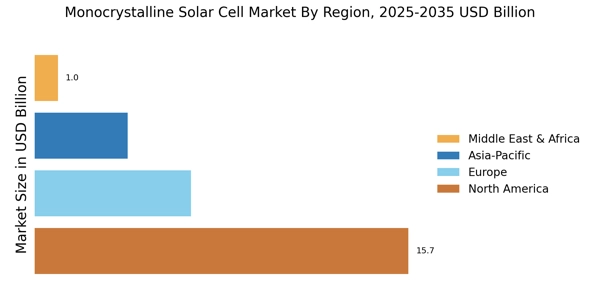
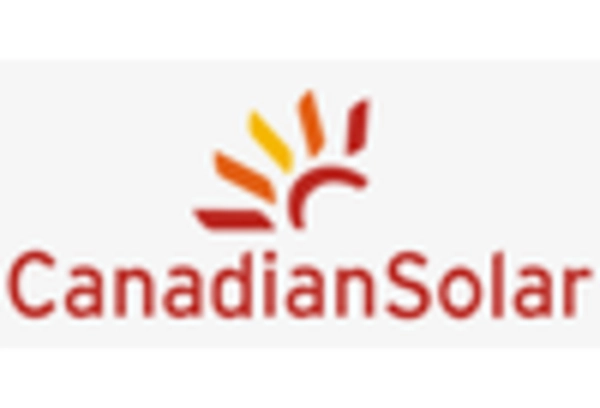

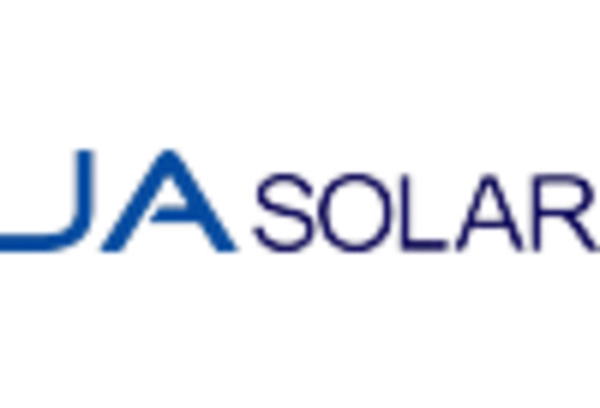

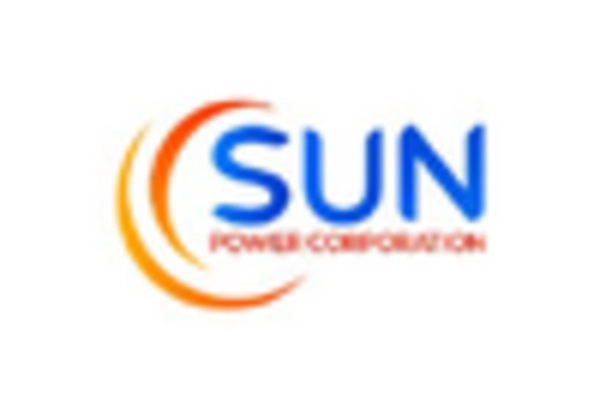
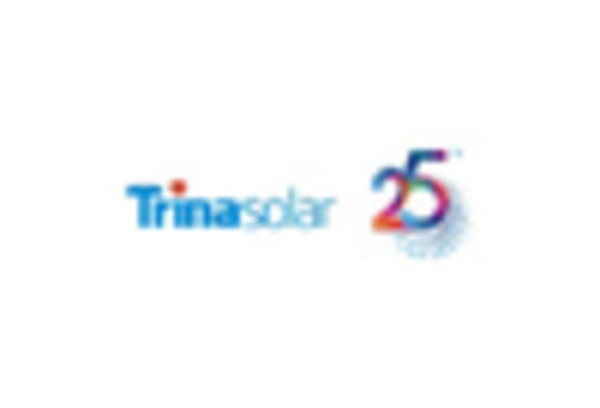








Leave a Comment